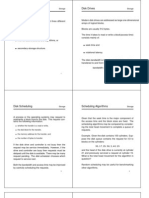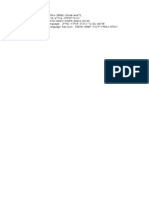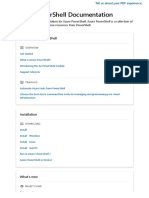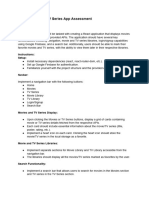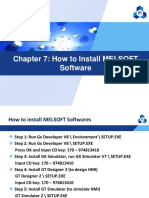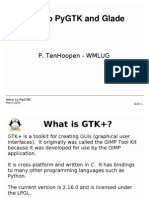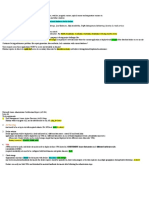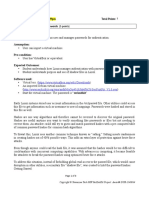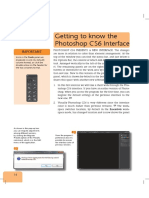0% found this document useful (0 votes)
7 views15 pagesOS Unit 4 Pyq
Disk scheduling is a method used by operating systems to determine the order of servicing disk I/O requests, crucial for optimizing performance in modern systems. It aims to reduce seek time, improve throughput, minimize latency, ensure fairness among processes, and handle bursts of requests efficiently. Various disk scheduling algorithms, such as FCFS, SSTF, and SCAN, each have their advantages and disadvantages, impacting overall system performance.
Uploaded by
tushardharmro1Copyright
© © All Rights Reserved
We take content rights seriously. If you suspect this is your content, claim it here.
Available Formats
Download as PDF, TXT or read online on Scribd
0% found this document useful (0 votes)
7 views15 pagesOS Unit 4 Pyq
Disk scheduling is a method used by operating systems to determine the order of servicing disk I/O requests, crucial for optimizing performance in modern systems. It aims to reduce seek time, improve throughput, minimize latency, ensure fairness among processes, and handle bursts of requests efficiently. Various disk scheduling algorithms, such as FCFS, SSTF, and SCAN, each have their advantages and disadvantages, impacting overall system performance.
Uploaded by
tushardharmro1Copyright
© © All Rights Reserved
We take content rights seriously. If you suspect this is your content, claim it here.
Available Formats
Download as PDF, TXT or read online on Scribd
/ 15





































